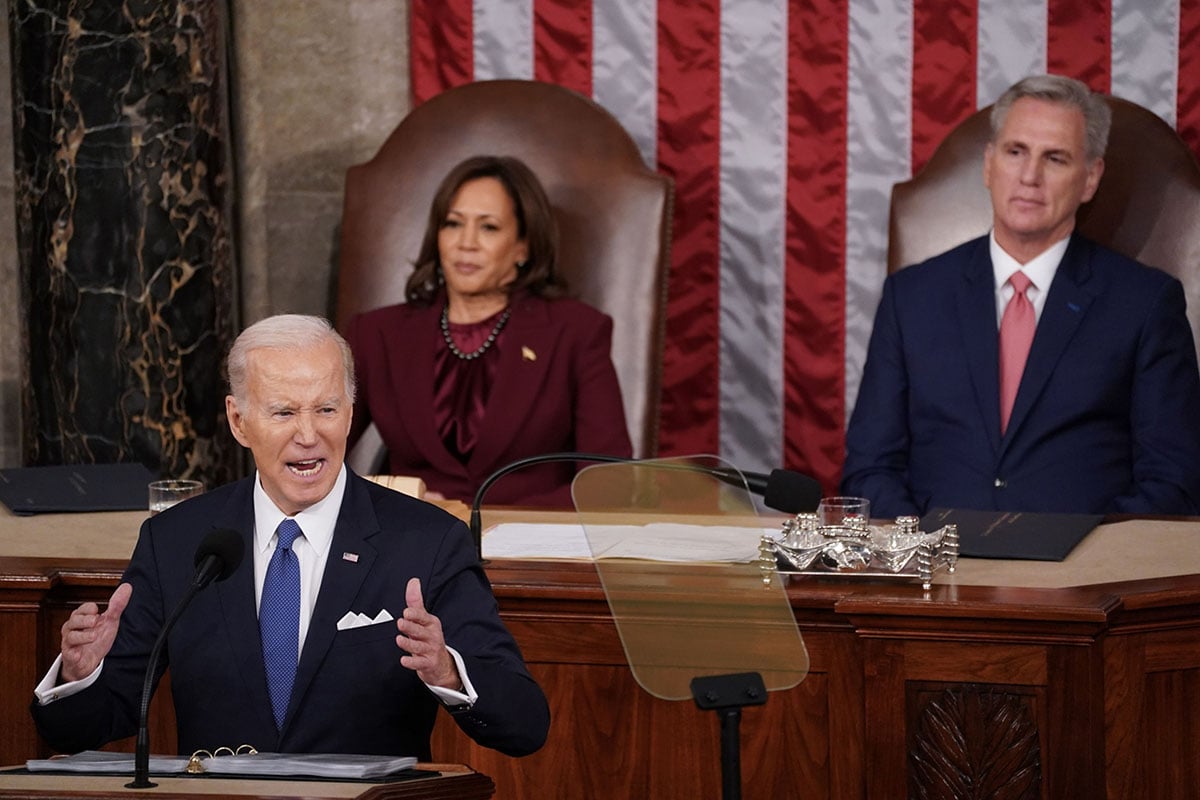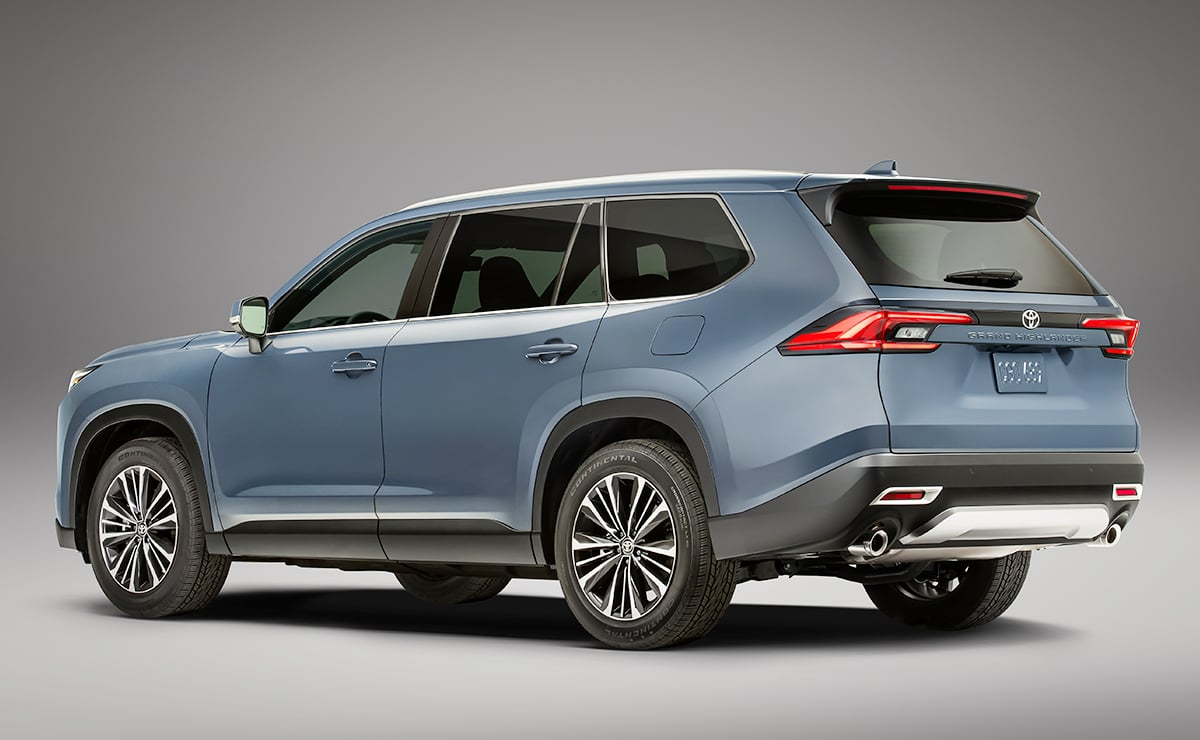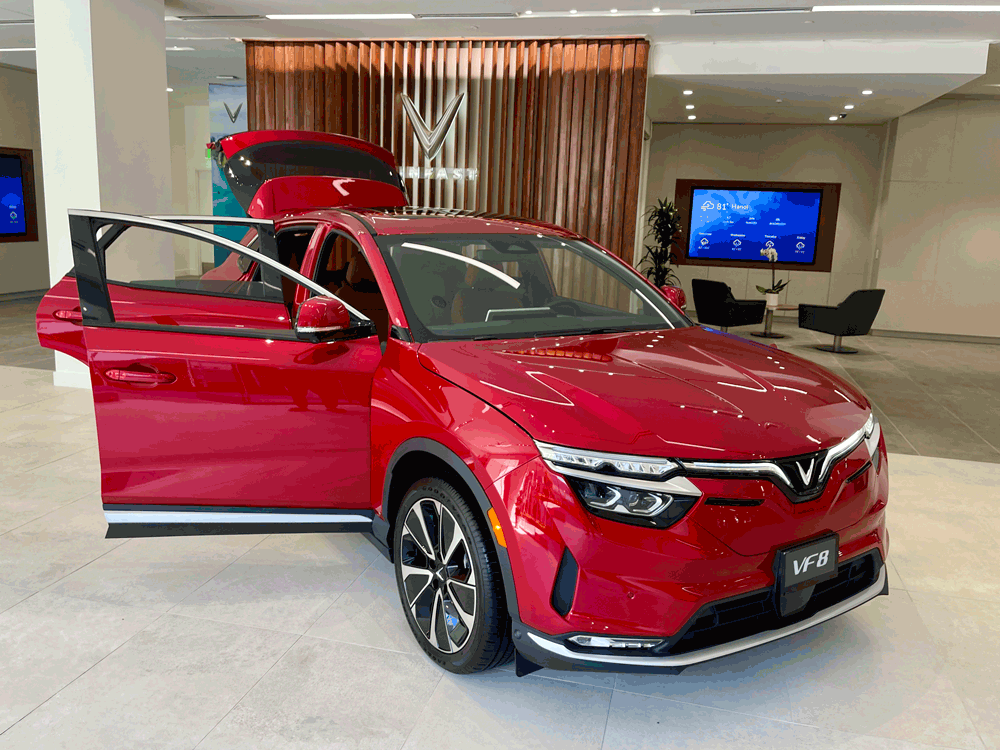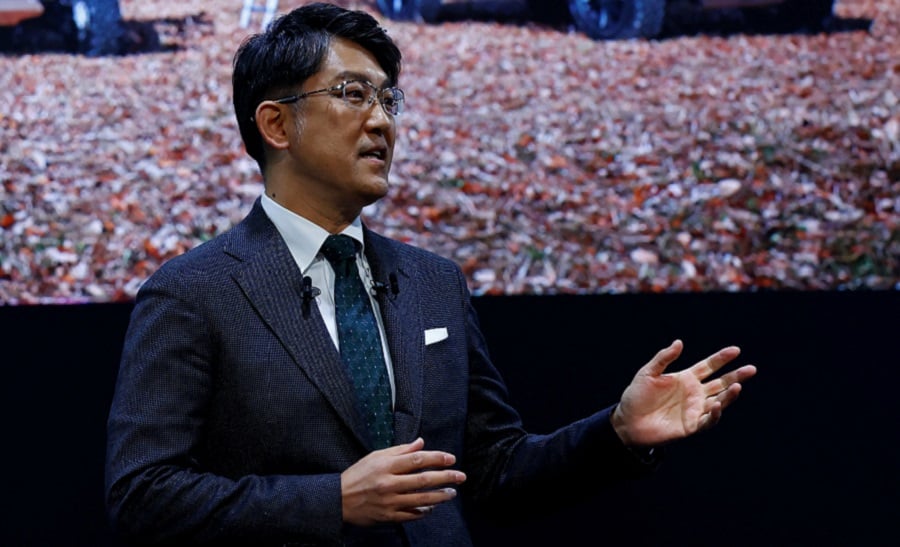| For the want of a reliable EV charger |

Electric vehicle detractors are often quick to point out perceived faults: EVs are too expensive, they don’t have enough range for long trips, they’re not truly “green,” they’re a hassle to charge.
It’s hard to argue against that final point — if you have to rely on public charging. If the automotive industry wants to sell EVs to American consumers who aren’t able to plug in at home or who need to drive long distances, it has to overcome this significant obstacle.
This week’s issue of Automotive News examines a number of problems with the nation’s charging network.
■ Richard Truett takes a deep dive into how consumers are navigating the charging network and its quirks. As newer EV drivers become acquainted with the network, they are learning that all charging experiences aren’t created equal — different chargers refuel at different speeds, the charging companies’ smartphone apps and payment software don’t always work as advertised, and some chargers have surprisingly high fees that translate to a higher refueling cost than reliable ol’ petrol. These issues are turning off drivers who were otherwise considering an EV.
■ Hannah Lutz reports on J.D. Power research that found growing consumer dissatisfaction with Level 2 and Level 3 chargers, many of which are aging, aren’t being properly maintained and experience software glitches.
■ Jerry Hirsch writes how the lack of infrastructure affects the heavy-trucking industry: There is ample capacity to build electric trucks and strong demand for them, but there is not nearly enough charging capacity to support them.
I committed myself to switching to an EV last summer, when gasoline prices went berserk. My next vehicle has been ordered and is sitting at a seaport, waiting to be delivered to me. In the months since I submitted my order, I began dabbling with public chargers while driving press vehicles to prepare myself for ownership. After some of the annoyances I experienced and learning some things about charging the hard way, I can’t blame people for being hesitant to take the leap.
I fully expect the charging network to improve over the years, though perhaps at a rate much slower than some consumers are willing to bear. If today’s charging companies don’t invest in making their stations better — soon — newcomers with more reliable technology will swoop in and eat their lunch.
Competition drives innovation. That’s the jolt the EV industry needs.
 |
|---|

 |
|---|
In Monday’s Automotive News:

Is bigger really better? Toyota is about to find out: The 2024 Toyota Grand Highlander, which debuted last week on the eve of the Chicago Auto Show, takes the body and bones of one of the automaker’s top-selling crossovers and supersizes it to deliver a more comfortable, competitive family vehicle — at least without sliding rear doors. Automotive News points out that the Grand Highlander’s biggest feature is its, well, bigness, especially in the third row. Overall, the crossover is larger in every dimension compared with the Highlander, yet not quite as big as either the Toyota Sienna minivan or Toyota Sequoia body-on-frame SUV. The 2024 Grand Highlander, designed in the U.S. and manufactured at Toyota’s plant in Princeton, Ind., comes equipped with a standard 2.4-liter turbocharged inline-four engine, with two optional hybrid powertrains also available. The crossover is expected in showrooms in the second half of the year. A Lexus version joins it next year.

Not giving up: Though Vietnamese automaker VinFast has yet to deliver its first EV to U.S. customers, it’s already cutting staff and prices amid competition from rivals that are trimming prices, too. VinFast is not giving up on the North American market despite starting off on the wrong foot. VinFast said it has chosen U.S. Bank as its preferred provider for vehicle finance and leasing, and as Automotive News explains, the company is preparing to open more showrooms in California, followed by expansion to other parts of the country. And while VinFast officials say the goal is to make EVs accessible to everyone, drumming up vehicle buyers remains a challenge for the brand, which is virtually unknown in North America.
Weekend headlines
Ford to announce $3.5 billion EV battery plant in Michigan: The automaker is scheduled to hold a news event at Ford Ion Park near Detroit on Monday. The plant would be near the intersection of I-69 and I-94, both key commercial corridors.
Musk rival to air Super Bowl ad calling for ban on Tesla ‘self-driving’ feature: Self-described tech billionaire Dan O’Dowd takes his campaign against Tesla’s ‘Full Self-Driving’ software to the airwaves.
 |
|---|
 Timely launch for Honda: The 11th-generation Honda Accord is expected to boost the brand’s U.S. sales back over 1 million this year and help hold onto would-be EV buyers with four new hybrid trims. The mainstay sedan was reimagined for 2023 in a sportier, more tech-forward package.
Timely launch for Honda: The 11th-generation Honda Accord is expected to boost the brand’s U.S. sales back over 1 million this year and help hold onto would-be EV buyers with four new hybrid trims. The mainstay sedan was reimagined for 2023 in a sportier, more tech-forward package.

Toyota gets white hat hacker attention: A hacker hobbyist gained read-and-write access to 14,000 corporate Toyota email accounts and related confidential documents. Toyota said there was no malicious access. It closed the breach and thanked the white hat hacker.

Toyota’s new CEO to revamp leadership team: Toyota’s recently appointed CEO, Koji Sato, is reordering his lineup for a challenging new era. That is the scene unfolding at the world’s largest automaker as Sato picks a new management team before he takes the helm from current boss Akio Toyoda on April 1.
 |
|---|
|
|---|
 |
|---|
 |
|---|
 |
|---|
Feb. 15, 1968: The Department of Transportation announces a motor vehicle safety standard requiring protective head restraints on all passenger cars manufactured after Dec. 31, 1968.
The rule was designed to reduce the frequency and severity of “whiplash” neck injuries, even in low-speed accidents.
Lowell Bridwell, administrator of the Federal Highway Administration, called it one of the most important standards issued to date under the National Traffic and Motor Vehicle Safety Act of 1966.
At the time, about 4 million rear-end crashes — or 1 in 4 accidents — occurred annually on U.S. roads. When a vehicle is struck from behind, passengers are pushed forward, often violently, causing their heads to snap backward and injuring the neck. About three-fourths of all neck injuries treated by medical professionals at the time were the result of rear-end auto collisions. Disabilities caused by whiplash tended to be painful, and recovery was often lengthy.
The safety standard — No. 202 — required the driver and front passenger seat backs be equipped with head restraints and established performance criteria. Automakers basically had two options to meet the rule — design and engineer a high seat back or install an add-on cushion.

